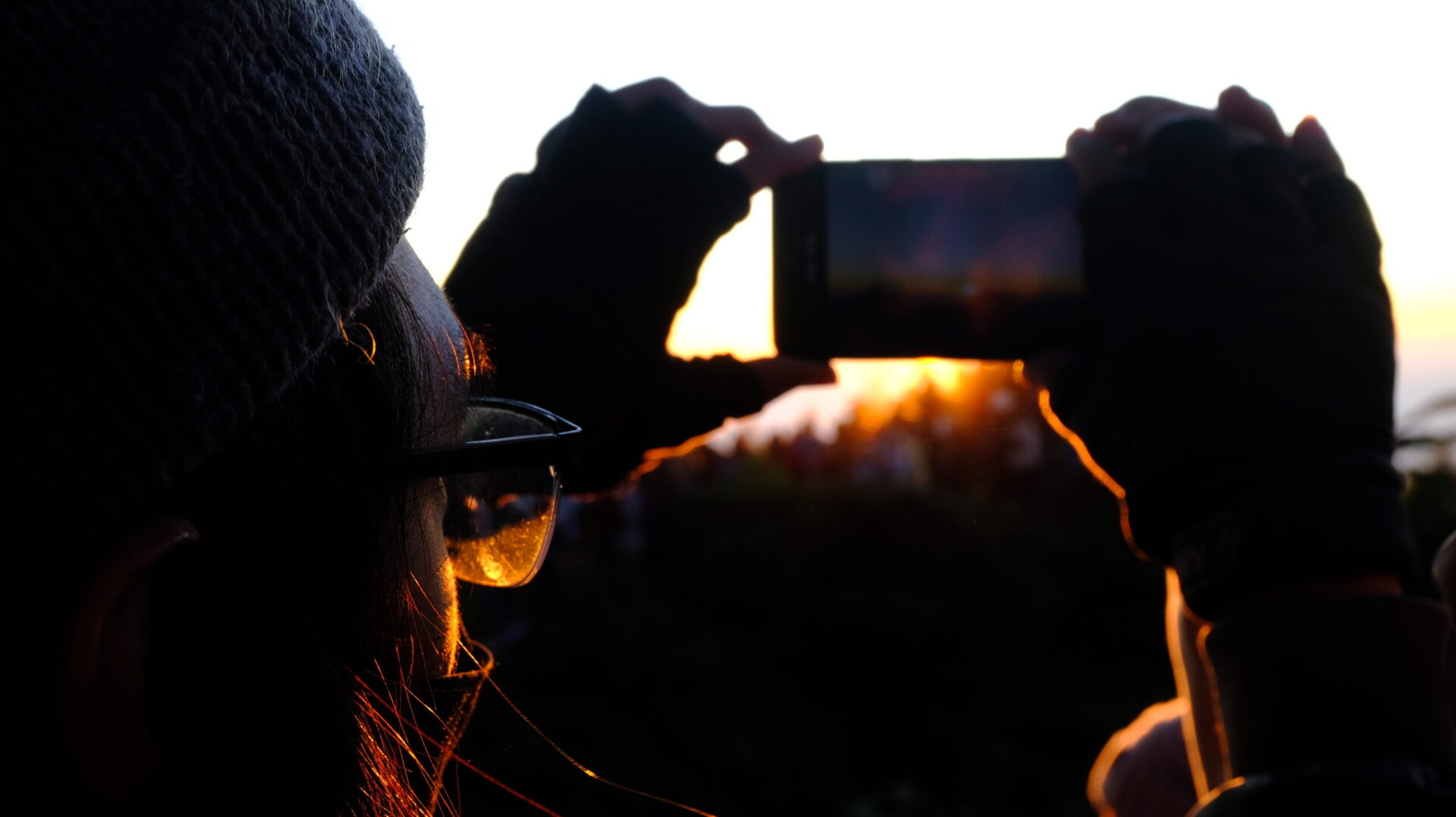Introduction
In today’s visually-driven world, the way your food looks can significantly impact its appeal. Great food photography can boost the popularity of a culinary business or personal account. This guide will provide you with tips and techniques to capture mouthwatering food images.

Preparation is Key
Equipment:
- DSLR or Mirrorless Camera: A camera with a good sensor will produce higher-quality images.
- Macro Lens or Short Focal Length Lens: These lenses are ideal for capturing the intricate details of food.
- Tripod: Ensures stability, especially when using slower shutter speeds.
- Reflector and Diffuser: Control light and reduce shadows.
Choosing the Right Food:
- Color: Opt for foods with contrasting and vibrant colors.
- Texture: Choose foods with interesting textures, like crispy or creamy.
- Composition: Consider how the food will look within the frame.
Setting the Scene:
- Background: Use a simple, contrasting background to make your food pop.
- Props: Plates, utensils, and decorations should complement the food and theme.
Capturing the Perfect Shot
Lighting:
- Natural Light: Utilize soft, natural light from windows or doors.
- Artificial Light: Use studio lights or softboxes for controlled lighting.
- Combination: Combine natural and artificial light for optimal results.
Composition:
- Rule of Thirds: Place your food on the intersections of a 3×3 grid.
- Angles: Experiment with low, high, and straight-on angles.
- Negative Space: Leave some empty space around your food for a clean and elegant look.
Focus:
- Manual Focus: For precise focus.
- Auto Focus: For quicker shooting.
Additional Tips:
- Props: Enhance your images with props like napkins, cutlery, or fresh herbs.
- Editing: Use software like Adobe Photoshop or Lightroom to enhance colors, contrast, and sharpness.
- Inspiration: Study the work of professional food photographers for new ideas.
Food Photography for Social Media
- Choose the Right Platform: Select platforms that align with your target audience.
- Write Engaging Captions: Keep your captions concise and informative.
- Use Relevant Hashtags: Increase visibility with popular food-related hashtags.
Common Mistakes and Solutions:
- Reflections: Use a polarizing filter to reduce reflections on glossy surfaces.
- Overexposed or Underexposed Images: Adjust your camera settings or use exposure compensation.
- Cluttered Background: Choose a simple background to avoid distractions.
By following these tips, you can create stunning food photos that will make your audience hungry.
FAQs:
- What lens is best for food photography? Macro lenses are ideal, but a 50mm or 85mm lens can also produce great results.
- How can I reduce reflections on glossy food? Use a polarizing filter or adjust the angle of your light source.
- What are some good photo editing apps for food photography? Adobe Lightroom, VSCO, and Snapseed are popular options.
- How can I make my food look more textured? Use side lighting to highlight textures and focus selectively on areas you want to emphasize.
Remember, practice makes perfect. Experiment with different techniques and styles to find your own unique voice in food photography.

